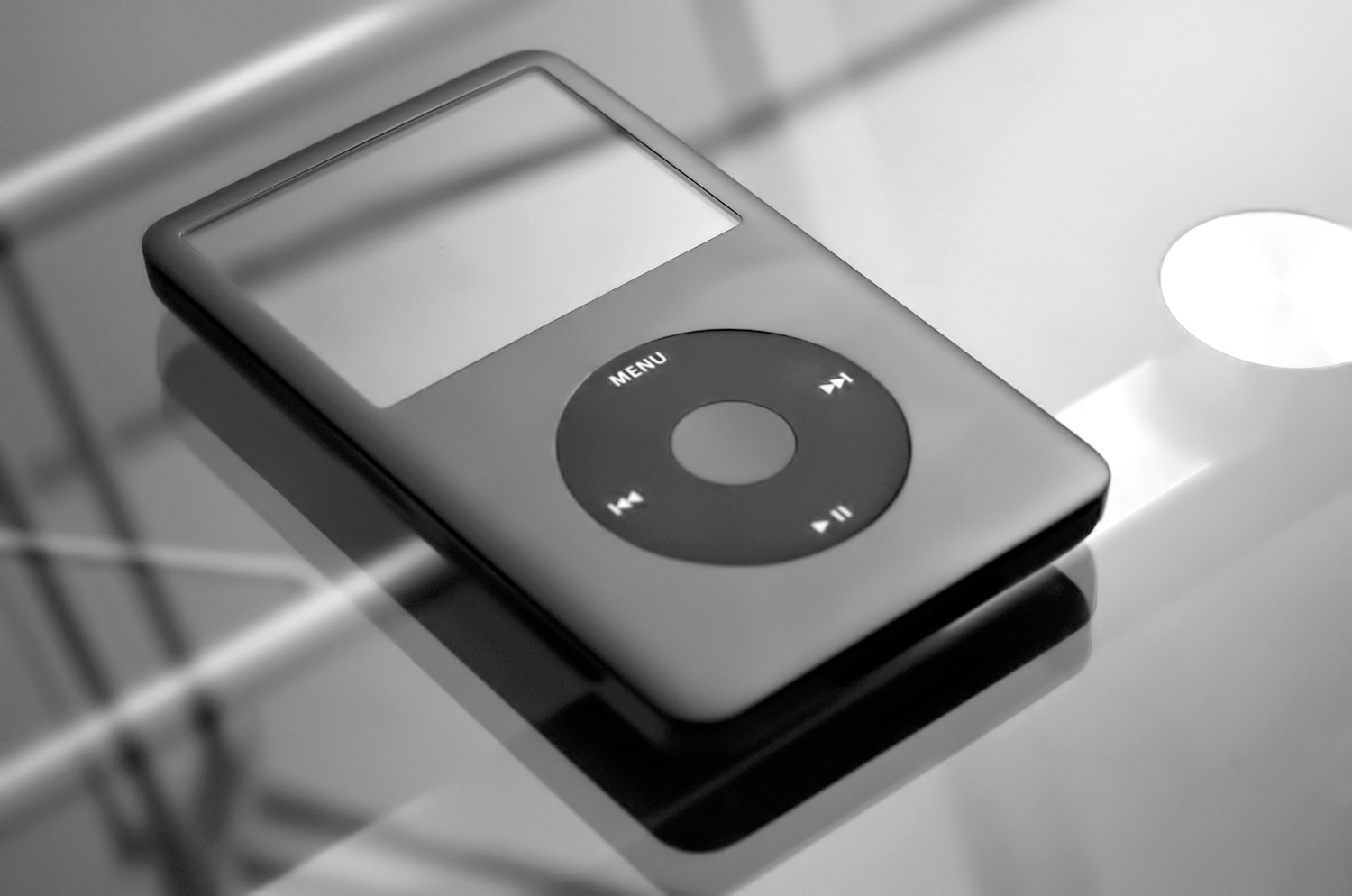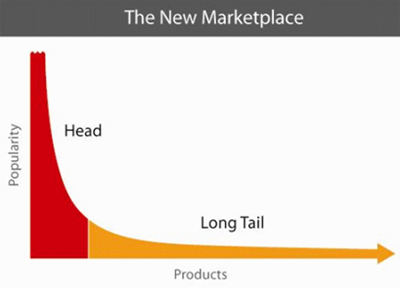There's something rather sneaky going on in Britain at the moment: an attempt to cod the population into believing that its most controversial, divisive prime minister ever was a unifying figure that everybody supported (or should have supported) and whose policies “saved the nation.”
An array of tactics are being employed to convince us that Thatcher was essentially a Churchill Mark II: the state-funeral-on-the-sly; the recall of parliament; a torrent of newspaper headlines pronouncing her Britain's greatest ever PM; vast numbers of Thatcherite talking heads queuing up to commend her legacy to pliant TV news anchors; and, of course, a royal presence at her funeral. It’s nearly as bad as when we had to endure months of catching buses sporting huge pictures of Maggie’s hairdo photoshopped onto Meryl Streep’s head.
However slickly presented, however, the messages about Thatcher being put about by her cheerleaders are at odds with reality.
She was not unifying; I doubt that more vitriol has been directed at any other post-war British prime minister (even Bush-loving, Iraq-bombing Blair), dead or alive.
She was not universally popular: she won her elections with a smaller share of the vote than all previous post-war Tory prime ministers, and at every general election she contested, around 60% of the country was consistently voting for other, mainly left-liberal, parties (her electoral success had much to do with a split left and the UK's questionable voting system).
As for her policies – both the ones she implemented in office and the ones she influenced afterwards – you will find many who will line up to question the merits of privatising such basic utilities as water, transport and energy, and plenty of economists see her 1986 'big bang' financial market deregulation (and the subsequent adoption of Thatchernomics by New Labour) as laying the foundations for the financial crisis that is doing all our heads, wallets and spare bedrooms in today.
Despite all this, it is unlikely that from listening to politicians, watching TV or reading your preferred daily rag you will get any real sense of the fact that in truth, a huge tranche (majority?) of the UK population disapproved of what Maggie did to her country, and that she was not just disliked but hated by millions.
You also won’t find many journalists lingering that long on her support for murdering despots like Pinochet; or her backing of the apartheid regime in South Africa. Yet in our supposed age of austerity, no expense is being spared by an otherwise penny-pinching state to ensure that this woman goes down in history as a secular, unifying saint; and no effort is being spared by the, ahem, impartial media we enjoy in the UK in ramming this sainthood down our throats.
Against this backdrop of enforced-Thatcher-respecting, the rise of Judy Garland's Ding Dong! the Witch is Dead up the charts may seem trite or tasteless, but it is actually very significant.
Yes, it is rather rude – and, perhaps, a touch sexist – to compare the UK’s first ever female prime minister to a witch. Yes, it disrespects the dead (and, some would argue, witches). But however crude this musical protest might appear, as the track has approached the top of the charts, it has become a pointed countermelody to an overplayed tune which insists that Margaret Thatcher was the saviour of the nation. It sticks two fingers up, in a nicely British (and, appropriately, collective) way, to the notion that Thatcher was a unifying figure and a force for good.
The many British people who view Thatcher in a negative light do not have £10m handy to organise elaborate ceremonial events designed to make a political point. They can't recall parliament at public expense to reminisce on their experience of Maggie. They don’t control the airwaves. They don’t happen to run newspapers. They can’t rely on a royal showing up at an anti-Thatcher party (not even a Z-list one, like Princess Michael of Kent). But delightfully, they’ve still managed to find a way to forcefully question the Thatcher myth being sold to them.
With its lyrics referencing lullaby leagues, lollipop guilds and munchkins, the chart success of Ding Dong! may feel like a somewhat childish, minor victory, but it’s actually hugely important, because it forces a largely Thatcher-supporting media to report on a widespread and deeply-felt unhappiness with Thatcherism; and crucially, the success of the song can’t simply be dismissed as being the work of just a few troublesome crusties from North London (despite my own best efforts in cajoling my friends to buy my music, there just aren’t enough of these types to propel you into the charts).






